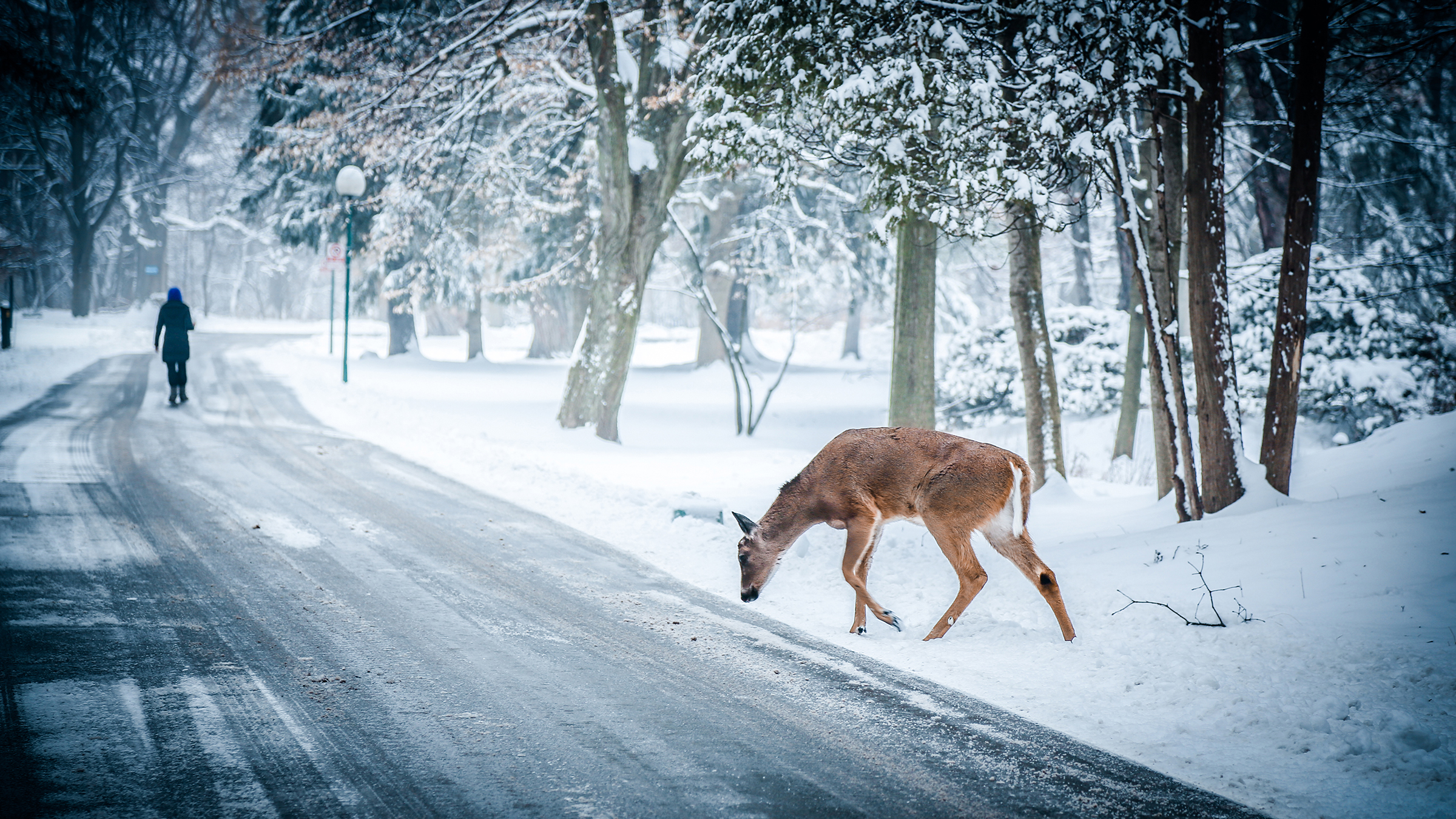We are only four months away from potentially seeing the first snow of the winter season. Some in the weather community are already looking at weather data to get a hint of what might be in store, including myself. I do want to take the time to offer my preliminary opinion of the 2016-17 winter (it is never too early to talk about winter, right?). This process usually takes some time as a lot of data analysis must be done. However, I want to keep things as simple as possible while providing enough context behind my thoughts.
The Driver: Sea Surface Temperatures
Sea surface temperatures are the primary driver of the weather pattern. Meteorologists and weather enthusiasts look at what are called sea surface temperature (SST) anomalies, meaning areas of water that are warmer or colder than usual. Depending if a certain area of water is above or below average, it can have an influence on the atmosphere. Below are the SST anomalies as of July 11, courtesy of WeatherBELL Analytics.

So where do we go from here? That image looks like a messy painting.
The next step is to find analog years. An analog is a past reference point used to get an idea of what an upcoming season may be like. What we are looking for are past years which have a similar SST setup compared to present or anticipated anomalies. Analogs are not exact matches to current or future conditions; most meteorologists use a blend of multiple years to compensate for differences between analogs. Some meteorologists dig as far back as the early 1900s to find similar ocean temperature setups.
Based on my opinion of what the sea surface temperatures will look like in the heart of winter, my analog years are the winters of 1959-60 (4), 2013-14 (3), 1985-86 (2), and –2004-05 (1). The weighting is in parenthesis and the negative in front of 2004 means the opposite of that year (if one area has warmer water, it is treated as colder). We get a SST anomaly map which looks like this.

It is not perfect, primarily because we do not have past data with so much warm water as we do today. But, the Eastern/Central/Equatorial Pacific and the Western/Northern Atlantic appear close to my thoughts. Those areas of water are the primary drivers for our weather pattern.
Using this blend of past years, let us take a look at what the monthly air temperature anomalies would look like.
November Temps: Well Below Normal

December Temps: Near Normal

January Temps: Above Normal

February Temps: Near Normal

March Temps: Well Below Normal

Precipitation-wise, December through February would have near to slightly above average snowfall using this analog blend.

A Repeat of 2013-14?
Based on this blend of analogs, there would be times of warmth and dryness and periods of bitter cold and snow. However, recent trends are suggesting 2013-14 may be a better, almost exact, reference year. 2013-14 was a very cold winter for the Northeast; on a few occasions, schools closed due to dangerously cold wind chills. Some climate models are suggesting an eerily similar look to 2013-14. Here is one climate model’s sea surface temperature anomaly forecast for the winter compared to 2013-14.


On the other hand, if waters in the Pacific cool more than expected, we could expect a warm and dry winter. These thoughts are not my final winter forecast as we need to see how sea surface temperatures play out. Until then, enjoy the warmth of summer now before you need to click on the heaters on in a few months.
As always, thank you very much for the support towards the service; I sincerely appreciate it. I look forward to serving you this winter, regardless of how snowy or dry it will be.
